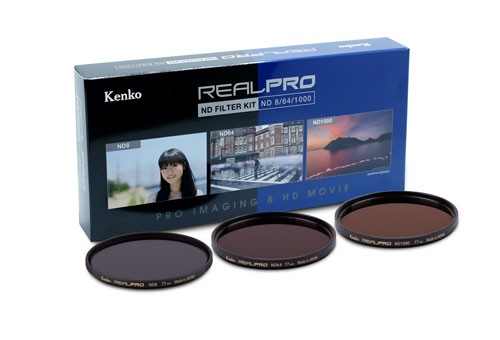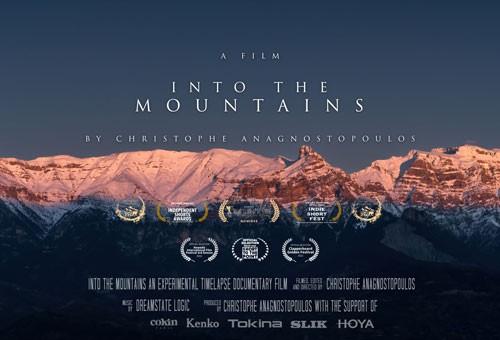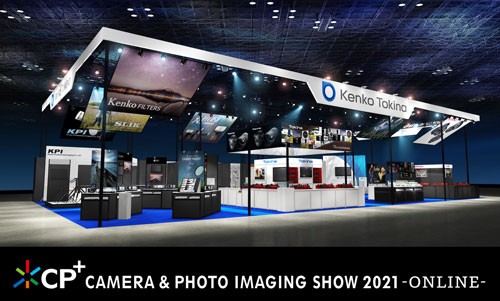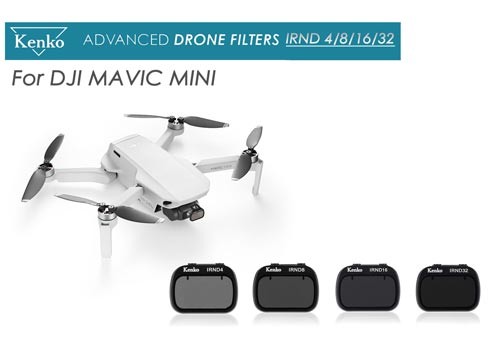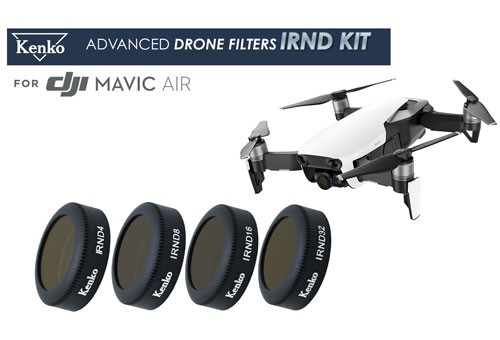REALPRO ND8

Dedicate filters are usually recommended when photographing a solar eclipse, but the right combination of much more easy-to-use ND filters will also do the trick, with excellent results.
Find more by clicking on the banner below and get ready for the next solar eclipse!
Kenko REALPRO ND 4/8/16 neutral density filters decrease the amount of light entering the camera lens. This allows to shoot with wide open diaphragm even in shiny day to achieve shallow depth of field.
Neutral Density filters are the most commonly used along with C-PL and UV filters. These filters, instead of the ones that protect the lens from damage or UV pollution, were created to decrease the volume of the light entering the lens. True ND filters decrease light equally to achieve the same density through the all visual spectrum giving no changes in color balance of the image. That is why the called Neutral Density.
Why ND filter is important
We have already entered the era of super high sensitivity, super high resolution photographic equipment. Obviously, the power of this huge sensor can easily be affected by lenses and other optical accessories that are located right on the path of the light entering the camera. In other words, the filter quality serves as the front "gate" for the light to enter and is of the utmost importance.
In particular, ND filters have become a must for high sensitivity cameras with ISO settings that starts from 200 or 100. This is the reason that ND filters currently garner a high level of attention and have strict quality requirements. Professional photographers requires ND filters that decrease light volume in the most natural and harmless way.
When to use ND 4/8/16 filters
Kenko REALPRO ND 4/8/16 present the highest quality of Neutral Density filters designed to use with latest DSLR high-sensitive cameras that will allow photographer to realize photos with shallow field of view achieved by aperture wide open during the shiny day or in over lighted conditions. Kenko REALPRO ND 4/8/16 filters is recommended to use in portrait, video and nature genres during shiny day where widely opened diaphragm to prevent overexposure and achieve shallow depth of field is required to separate foreground object from background.
| ND NUMBER | F-STOP REDUCTION | % TRANSMITTANCE |
| 4 | 2 | 25.00 |
| 8 | 3 | 12.50 |
| 16 | 4 | 6.250 |
| 32 | 5 | 3.125 |
| 64 | 6 | 1.563 |
| 100 | 6 2/3 | 1.000 |
| 200 | 7 2/3 | 0.500 |
| 500 | 9 | 0.200 |
| 1000 | 10 | 0.100 |
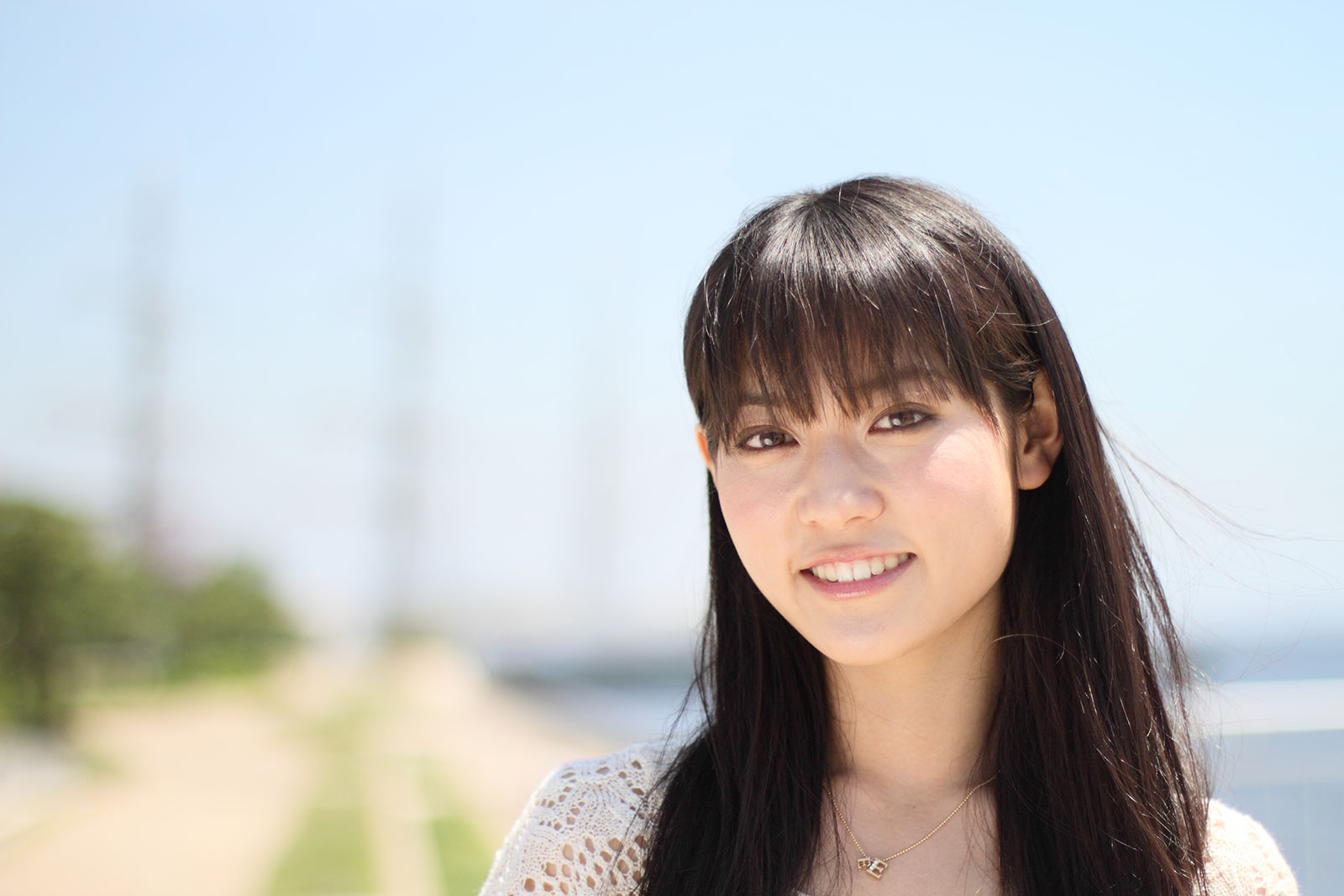
The example showing the possibility of wide open diaphragm shooting with fine bokeh during shiny day aiming to separate foreground object from background.
 |
 |
This is another case when ND4 filter is irreplaceable. Sunny day. Camera FUJIFILM X-T1, that has a shutter speed limitation up to 1/4000 sec. Fujinon XF56mm F1.2 R that was used is very fast and expensive lens with excellent optical performance and beautiful bokeh. Without ND filter fast F1.2 lens will create overexposed area on the cloths and face as seen on the left photo. Thanks to ND4 filter one can still make an efficient use of wide open aperture that creates beautiful bokeh, and also remove overexposed areas on the object without pushing the camera above the limits. Since the majority of the cameras has shutter speed limitations far less then 1/4000 sec, light density ND filters are of great importance.
ND Vacuum Deposition Technology
To achieve the best neutrality in the world Kenko REALPRO ND filters adopts ND Vacuum Deposition Technology. According to this technology, neutral density is realized by ND substance that coated in the steam oven equally spreading over the filter glass surface.
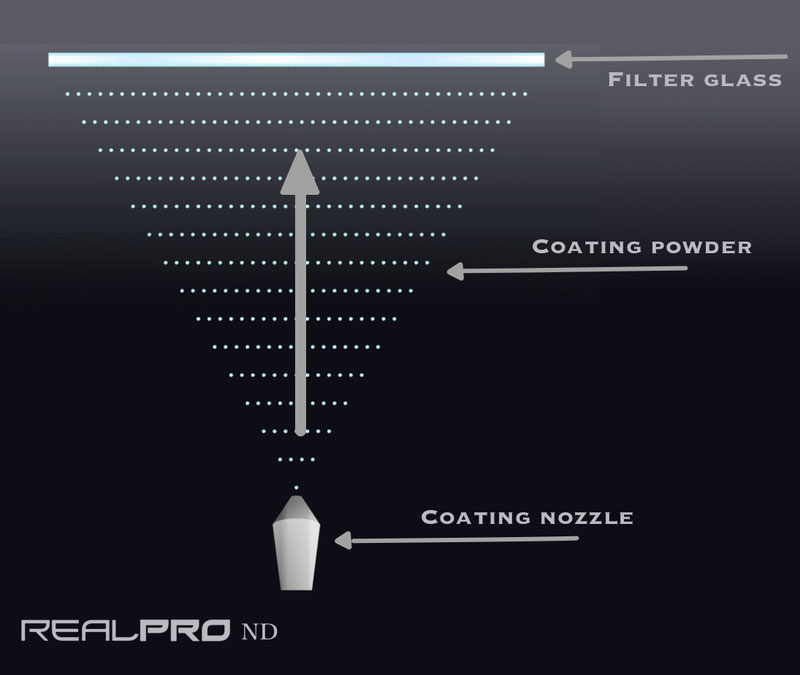 |
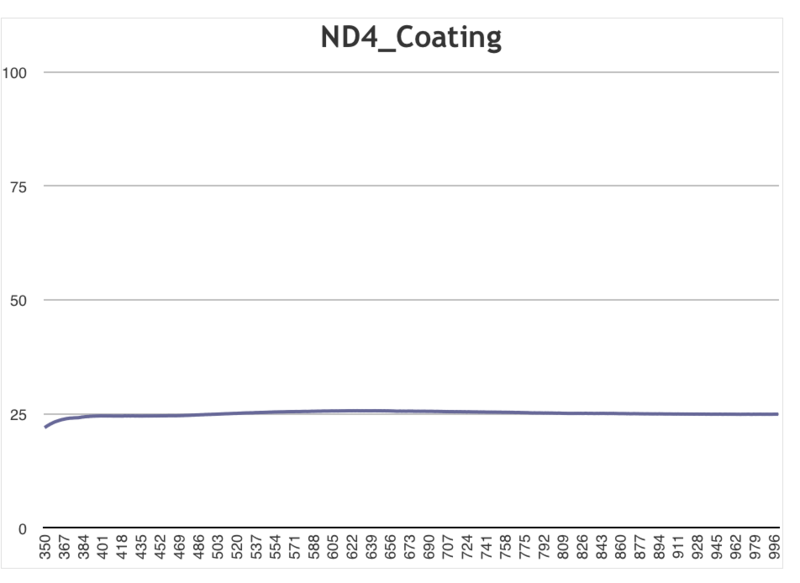 |
As a result, compared with other brand ND filters, Kenko REALPRO ND perform excellent neutrality through all visual light spectrum ensuring stable color balance of the image (ND4 as example).
IR pollution
ND Vacuum Deposition Technology also offers the solution to the problem of IR pollution that is also can be a reason for concern among photographers. During the sunny day with a lot of IR light in the atmosphere long shutter speed shooting may bring color changes of black, green or dark objects what can be seen with brown or reddish tint. Thanks to exhaustive efforts of Kenko engineers ND Vacuum Deposition Technology underwent incredible progress in neutrality, desirable light transmittance and IR controlling performance.
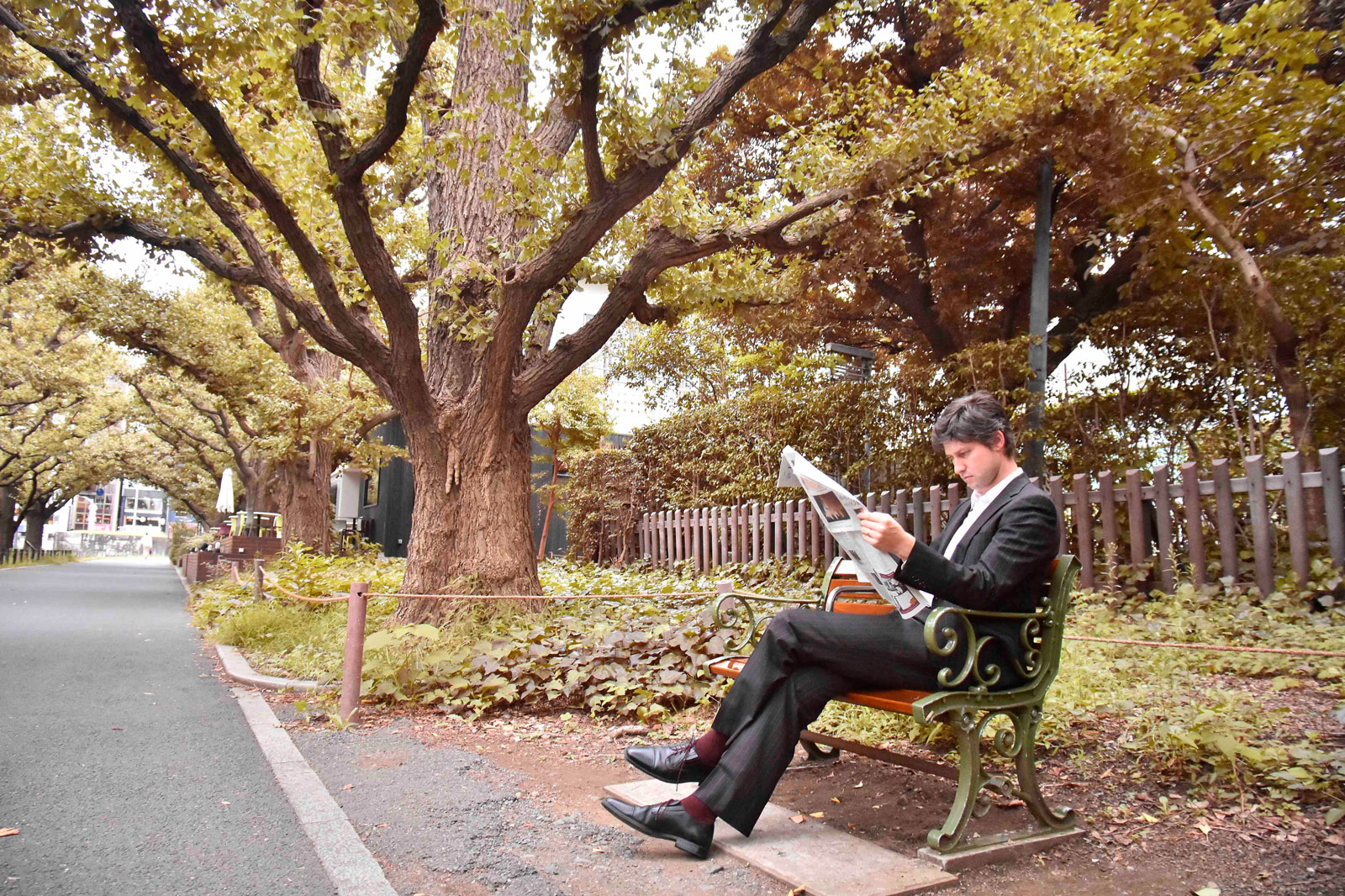 |
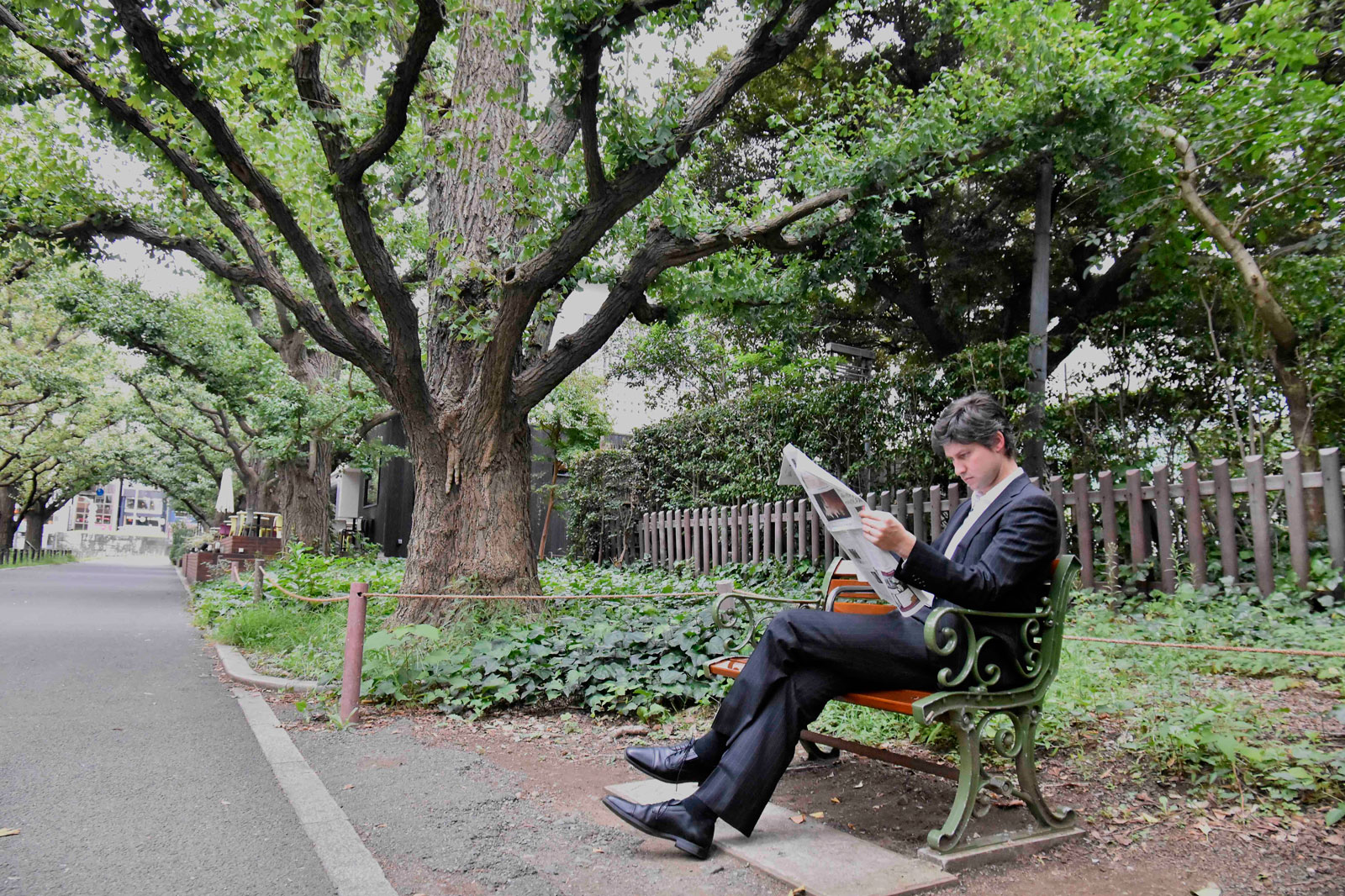 |
These two shots show the example of IR contamination when black objects like black suit and socks obtain brown reddish tint while leaves and trees became yellowish.
Anti-Reflection multi coating
Usually sensors of digital cameras are more sensitive than film. That's why highlights can affect the image, creating unwanted effects due to light refraction in the lens. Filters, as they are also optical elements, can make the situation even worth. That is why filters need anti-reflective coating. Kenko REALPRO ND filters adopts anti-reflective multi coating to eliminate even small chance of unwanted flares and ghosts in the image.
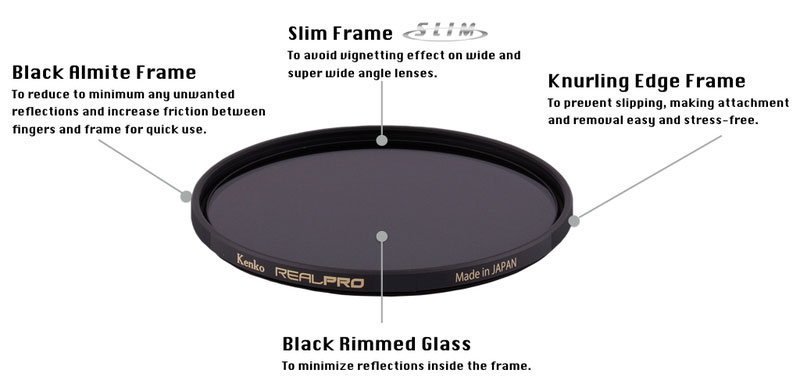
Slim Frame
Use with any lens and with no loss of light. REALPRO ND 4/8/16 adopts ultra thin frame to avoid vignetting effect on wide and super wide angle lenses.
Knurling Edge Frame
 The frame of REALPRO ND 4/8/16 is equipped with knurling surface to prevent slipping, making attachment and removal easy and stress-free.
The frame of REALPRO ND 4/8/16 is equipped with knurling surface to prevent slipping, making attachment and removal easy and stress-free.
Black Almite Frame
 To reduce to minimum any unwanted reflections REALPRO ND filters adopt black aluminum satin finish almite frame. Satin finish will increase friction between fingers and frame for quick operation and satin black frame will minimize internal reflections.
To reduce to minimum any unwanted reflections REALPRO ND filters adopt black aluminum satin finish almite frame. Satin finish will increase friction between fingers and frame for quick operation and satin black frame will minimize internal reflections.
Black Rimmed Glass
To reduce the internal light reflections off the edge of the filter glass Kenko uses the technology of black rimming. The outer rim of the glass plate is treated with a specific black ink prevent any leaking of the light.
Wide Variety of Sizes
REALPRO ND filters are available in diameters from 49mm to 82mm.
UV Protected Case
| Every REALPRO filter comes with durable re-usable plastic case with UV-cut function. Since the polarization film is sensitive to UV light REALPRO case will lengthen life of the filter. | 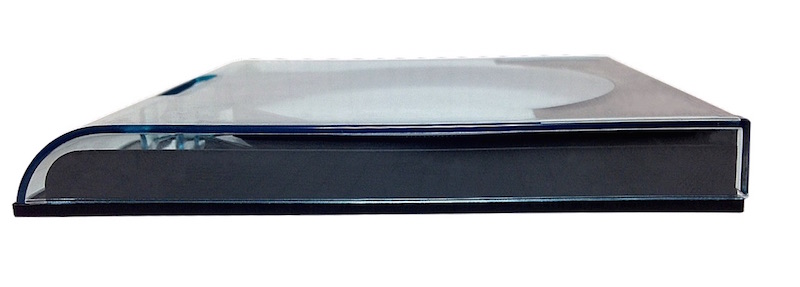 |
General care and handling of the photographic filter
- Use filter carefully and always keep it clean. When cleaning use cleaning tissue or cleaning cloth. But before that remove as much dust and dirt as possible from the lens with a blower or brush.
- Avoid unnecessary cleaning of your filter.
- Filter is made of glass. When it is broken glass fragments may injure.
- Do not disassemble filter by yourself.
- When the filter is not attached to the lens, store it away from sharp objects. They may damage the filter glass.
- Keep filter away from children.
- Keep filters in plastic hard-sided case or filter pouch.
- Keep filters dry and away from direct sun light.
- Avoid storage in high humidity environment. Moisture drops due to the high humidity or dew on the filter can burn the coating and create traces on the glass surface that can be hardly wiped off.



